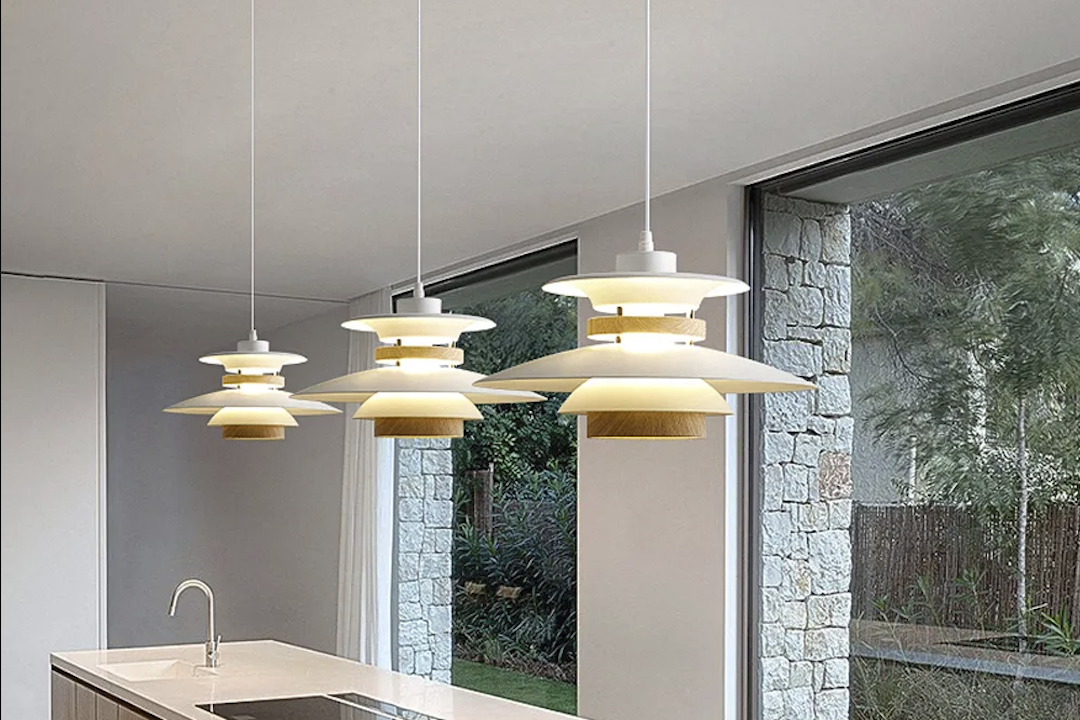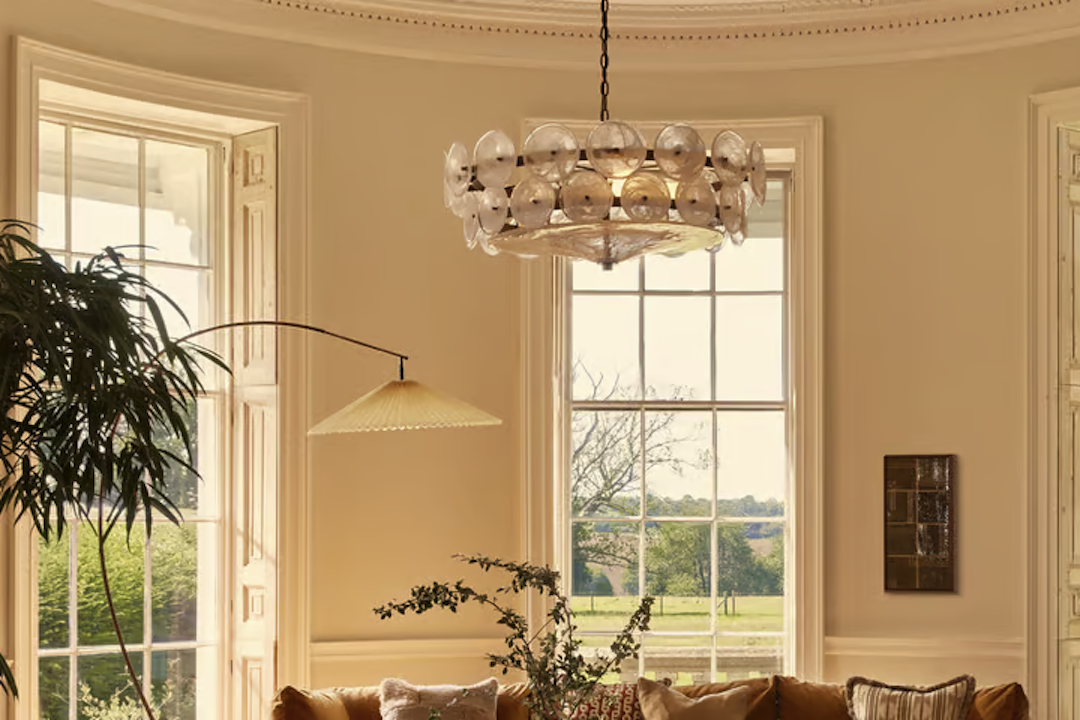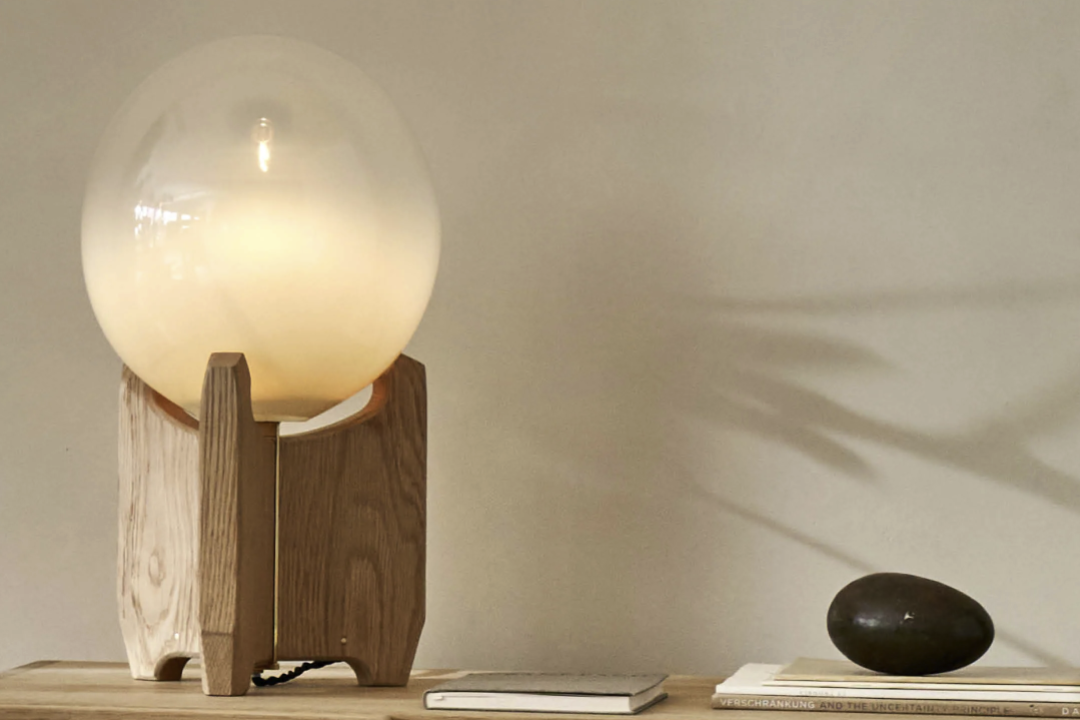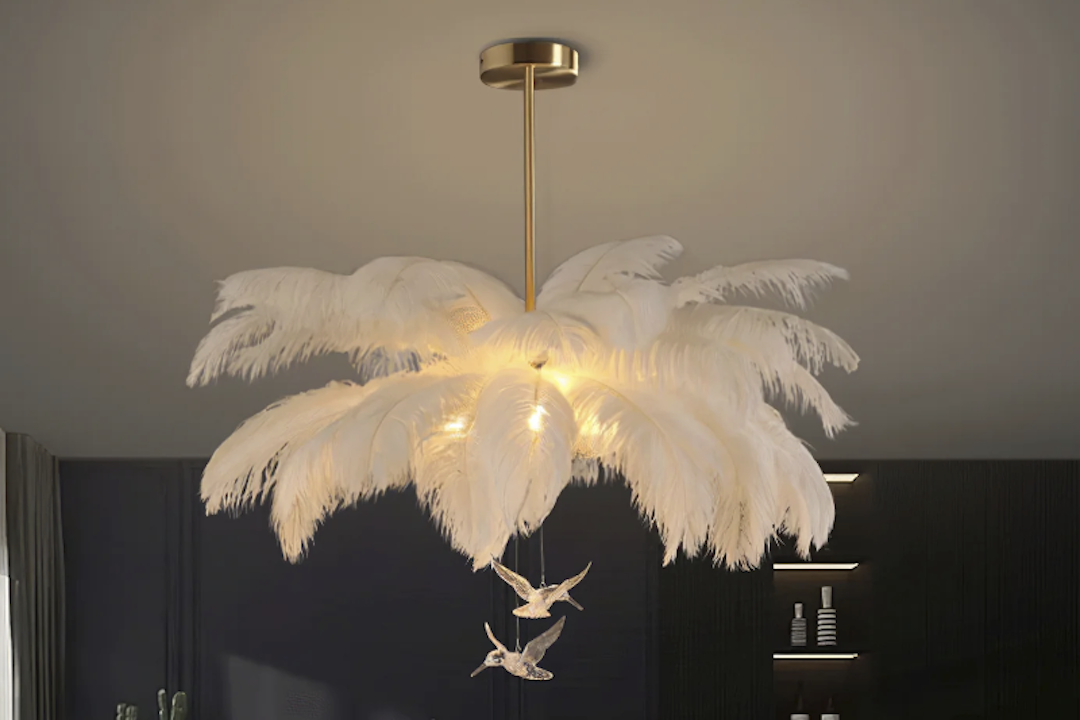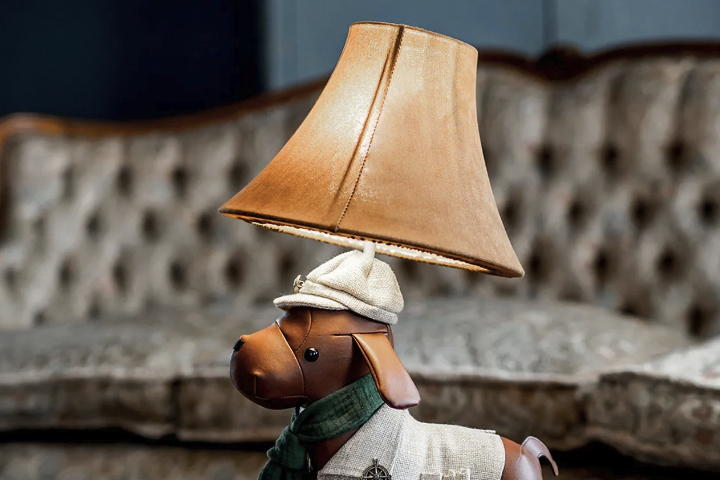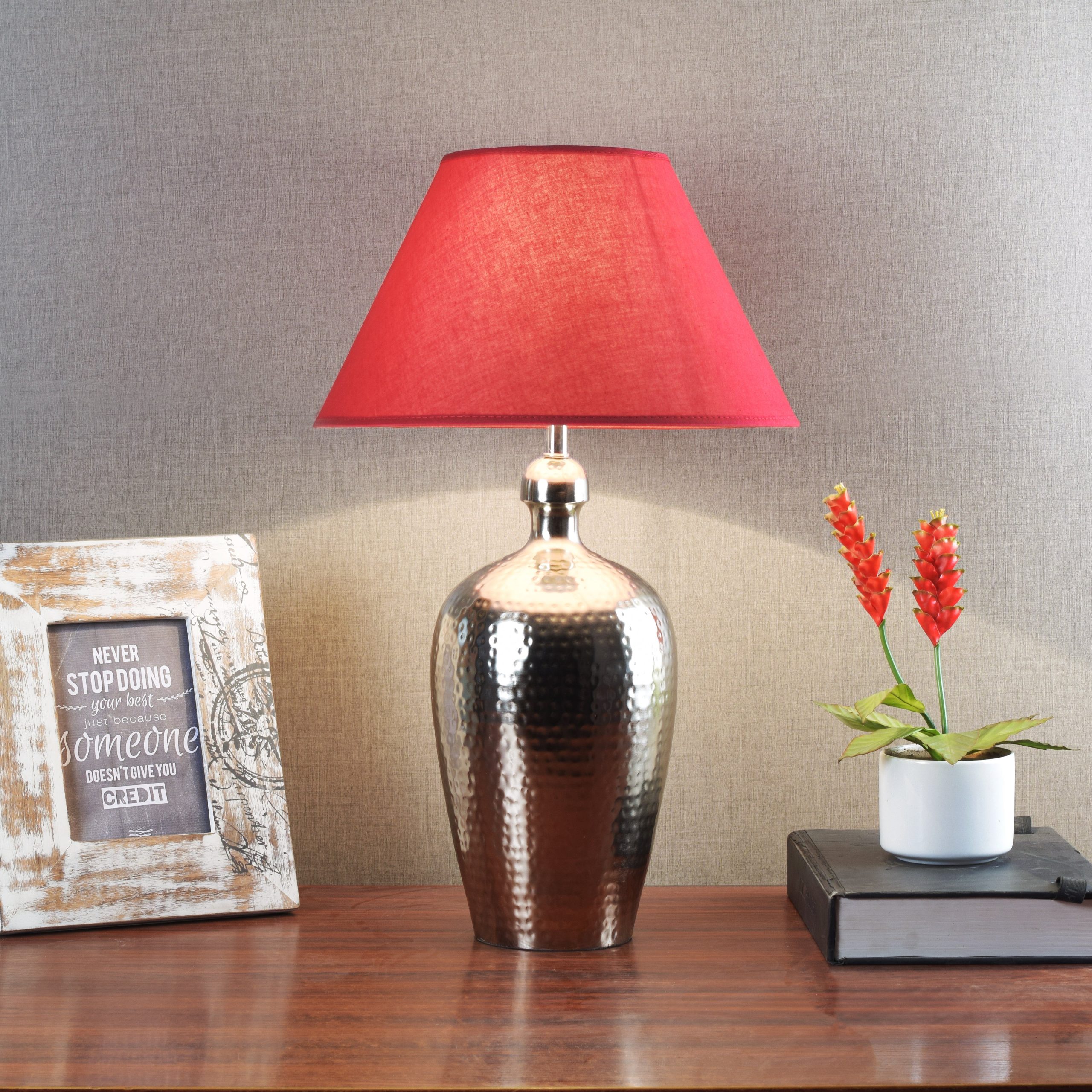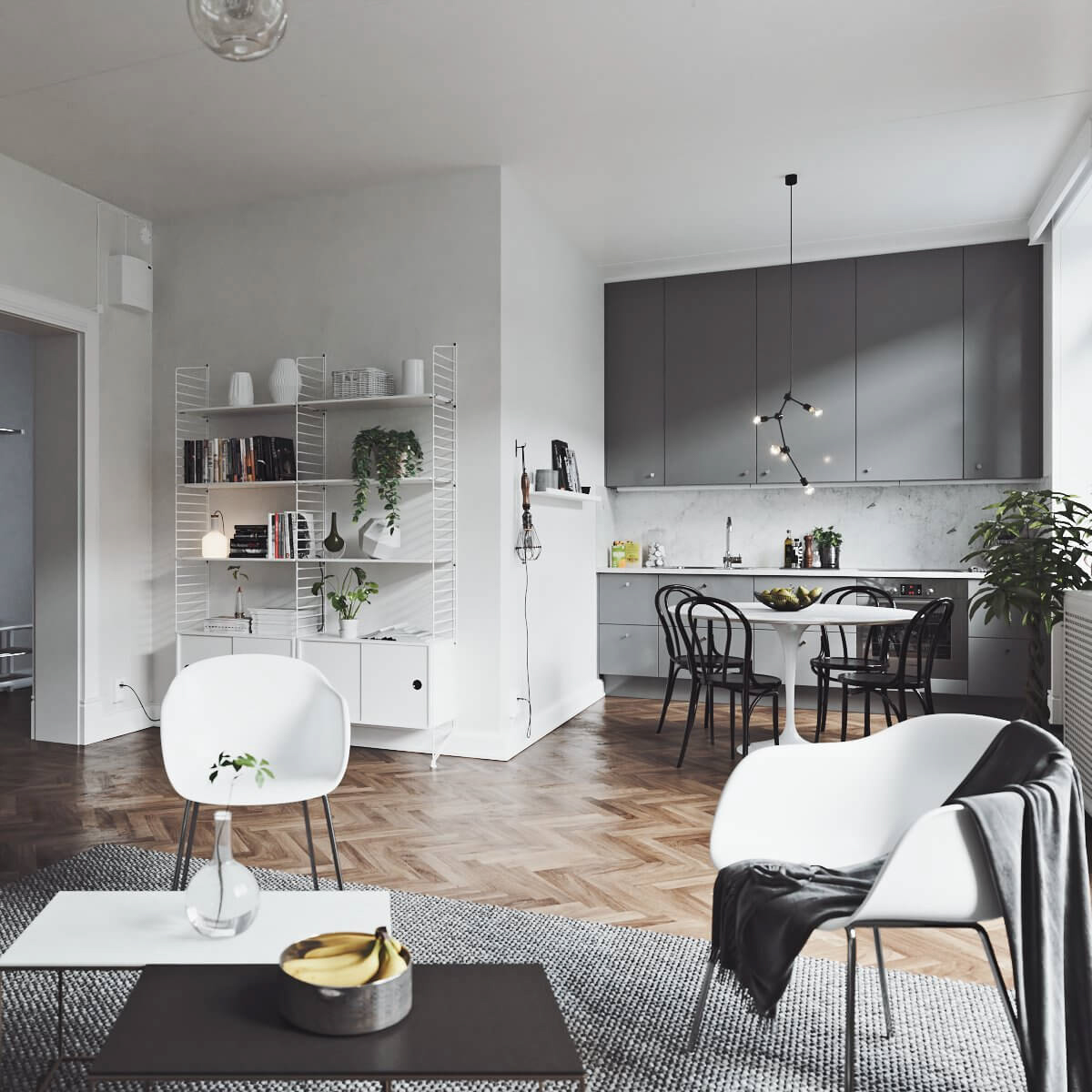Introduction
A chandelier adds elegance and sophistication to any space it is placed in. Colored glass chandeliers are a particular favorite as they combine the illumination of a light fixture with the diversity of colors available in stained glass. Colored glass chandeliers have been around for centuries and have a timeless charm that makes them an excellent addition to any space. In this article, we will explore the history, design, and maintenance of colored glass chandeliers.
History of Colored Glass Chandeliers
The use of colored glass in art and architecture dates back to Ancient Egypt and Mesopotamia. The first recorded use of stained glass in a chandelier was during the medieval period. The Gothic period, in particular, saw the prolific use of stained glass in church windows, and that same art form was extended to chandeliers. The use of colored glass in chandeliers was not only for the visual appeal but also as a means to intensify and direct the light. Colored glass allowed for specific moods and tones to be set in a room.
During the Renaissance period, colored glass chandeliers became more intricate in design and used a wider range of colors. With the passing of each period, chandeliers evolved in design and style. For example, in the Baroque period, colored glass chandeliers became more elaborate with cascading drops of colored glass arranged around the light fixture. The Rococo period made use of rich and pastel colors in chandeliers, while the neoclassical period favored etched and engraved glass pieces in chandeliers.
Design of Colored Glass Chandeliers
Colored glass chandeliers are designed based on a variety of factors including size, style, and color scheme. They can be suspended from ceilings or mounted on walls, depending on the intended use. They can be made of crystal, glass, or plastic materials, with glass being the preferred material for colored glass chandeliers.
The design of a colored glass chandelier can be a crucial factor in determining its elegance and appeal. A well-designed chandelier accentuates the colors and patterns of the stained glass and complements the surrounding space. Design elements such as the number of arms or tiers on the chandelier, the size and shape of the crystals or glass components, and the finish of the metalwork can all contribute to the overall appeal of the chandelier.
Types of Colored Glass Chandeliers
Colored glass chandeliers can be classified into several types based on design, style, and function. Some of the most popular types include:
1. Traditional: These chandeliers are characterized by their classic designs and use of traditional materials like brass, bronze, or gold.
2. Modern: These chandeliers feature contemporary designs that use unconventional materials like plywood, fiberglass, or recycled plastics.
3. Mini: These miniature versions of chandeliers are ideal for small spaces such as entryways or hallways.
4. Crystal: These chandeliers are designed for maximum illumination and are adorned with crystals or glass drops that reflect light.
Maintenance of Colored Glass Chandeliers
Colored glass chandeliers are delicate pieces and require regular maintenance to ensure their longevity and beauty. Proper maintenance involves regular cleaning and inspection of the components to detect any damages or loose fittings.
Cleaning a colored glass chandelier involves disassembling it and washing each component with warm water and mild soap. Harsh chemicals or abrasive cleaners should be avoided as they can damage the glass or metalwork. Once cleaned, the components should be wiped dry and reassembled, making sure that all the fittings are secure.

